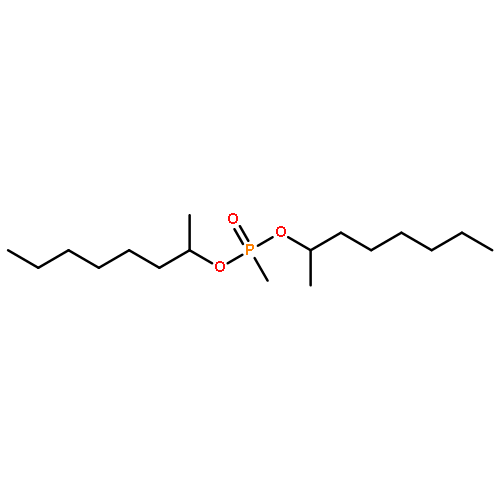•Extraction power and selectivity of DMHMP are much higher than those of TBP.•There is no third phase in the extraction of sat. Th(NO3)4 with 30 vol.% DMHMP/kerosene.•For the first time, the solubility of DMHMP in various nitric acid was determined.•The extraction mechanism and the thermodynamic parameters were presented.The extraction behaviors of U(VI) and Th(IV), as well as the extraction of HNO3 were investigated by using di(1-methyl-heptyl) methyl phosphonate (DMHMP) as an extractant and kerosene as a diluent. Effects of contact time, acidity, concentration of extractant and temperature on the distribution ratios of U(VI) and Th(IV) were evaluated. HNO3 was extracted as mono-solvated species. In the investigation of acidity range from 0.01 to 6.0 mol/L, the distribution ratios of U(VI) and Th(IV) increased at first with the rise of HNO3 concentration up to 3.0 mol/L and then decreased. DMHMP exhibited higher selectivity for U(VI) than for Th(IV) with the separation factor SFU/Th values of 25–120, whereas under the same conditions, tri-n-butyl-phosphate (TBP) only had SFU/Th values of 1.4–26. Slope analyses showed that U(VI) and Th(IV) were extracted as di-solvated and tri-solvated species respectively. The thermodynamic parameters (ΔH, ΔS and ΔG) were presented and revealed that the extraction was exothermic. For the extraction of Th(VI) from various HNO3 by 30 vol.% DMHMP or TBP, the limiting organic concentration (LOC) was also given. FT-IR spectra indicated that it was P

O bond, not P

O bond that took part in the coordination with U(VI) and Th(IV). In addition, the solubility of DMHMP and TBP in various concentration HNO3 was determined using ICP-AES, and their thermal stability in air was also examined through TGA. DMHMP has much lower water solubility and higher thermal stability than TBP.

